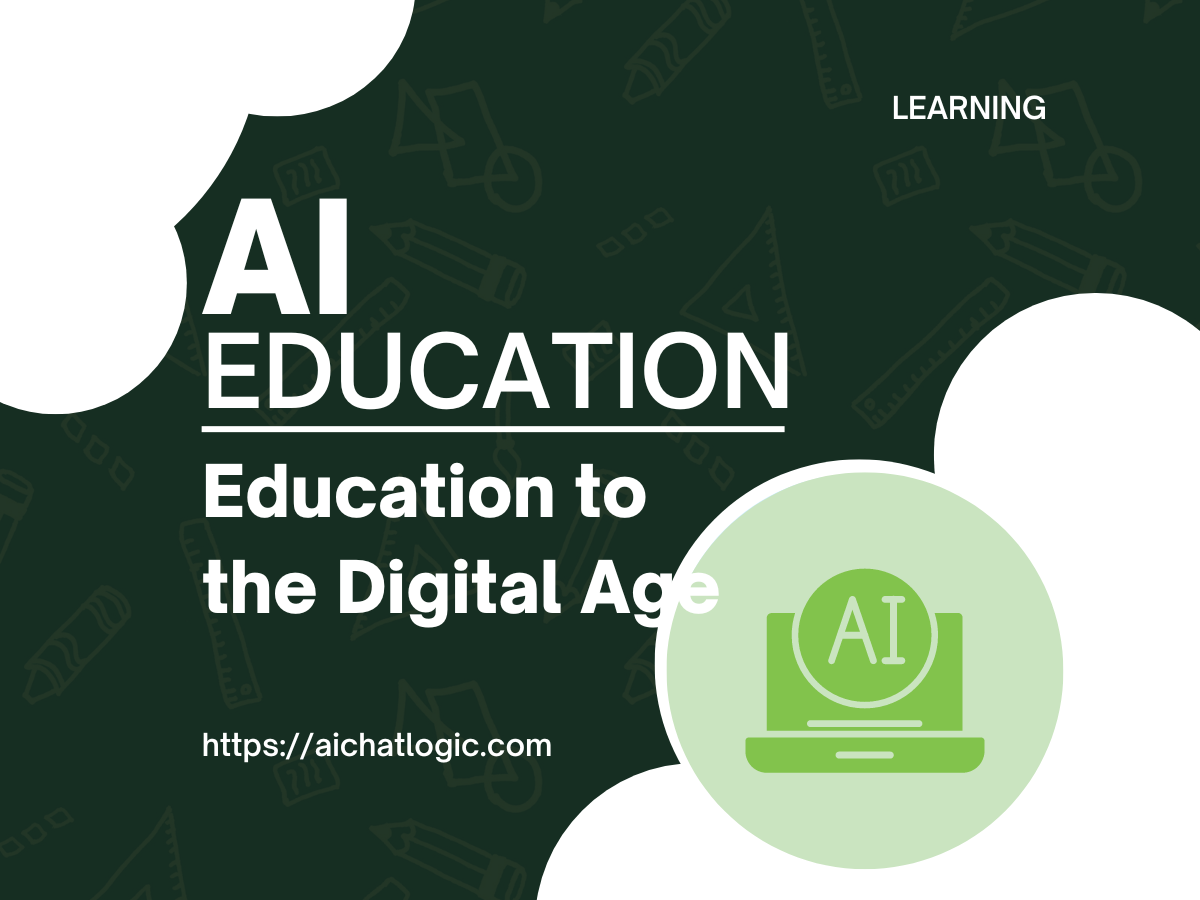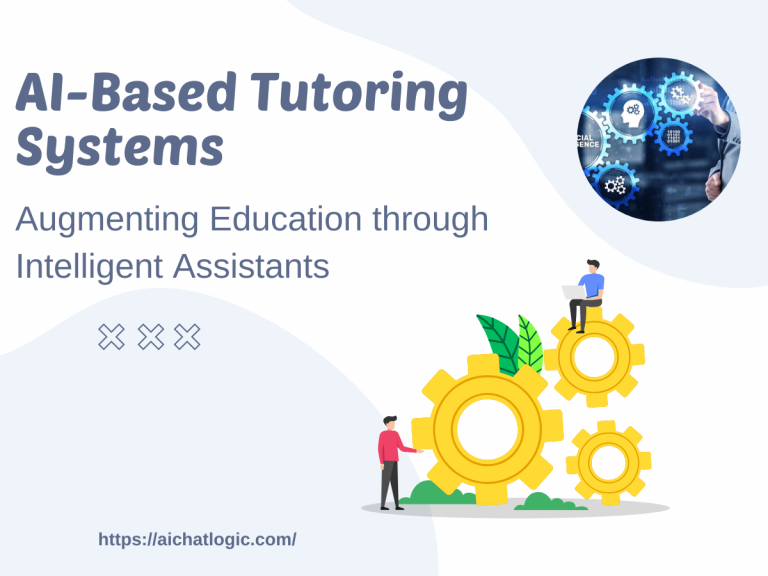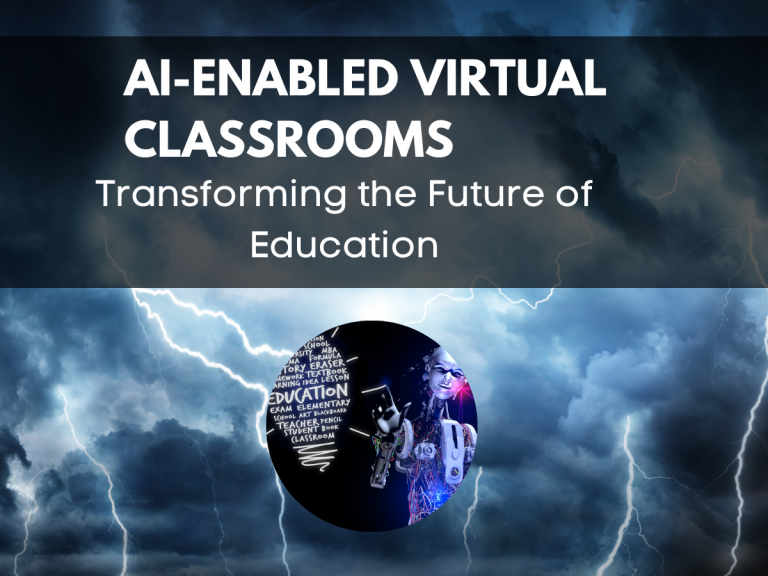1. Introduction: The Need for AI-driven Curriculum Design
As technology continues to reshape various aspects of our lives, it has become evident that education needs to adapting accordingly. The traditional one-size-fits-all approach to curriculum design is no longer sufficient in meeting the diverse needs and preferences of learners. This is where AI-driven curriculum design comes into play, offering the potential to create personalized and adapting learning experiences.
2. Understanding AI-driven Curriculum Design
Defining AI in Education
AI refers to the development of computer systems that can perform tasks that typically require human intelligence. In the context of education, AI technologies can be utilized to automate processes, analyze vast amounts of data, and provide personalized learning opportunities.
The Role of AI in Curriculum Design
AI-driven curriculum design involves leveraging AI technologies to enhance the development and delivery of educational content. It enables educators to gather insights from data, tailor instruction to individual needs, and foster meaningful engagement among students.
3. Benefits of AI-driven Curriculum Design
Personalized Learning Experiences
One of the key advantages of AI-driven curriculum design is the ability to provide personalized learning experiences. AI algorithms can analyze student data, such as performance, preferences, and learning styles, to tailor instruction and resources accordingly. This individualized approach allows students to learn at their own pace and focus on areas where they require additional support.
Enhanced Student Engagement
By incorporating AI technologies into curriculum design, educators can create interactive and engaging learning experiences. Virtual reality (VR), augmented reality (AR), and gamification techniques can be integrated to make lessons more immersive and captivating. This level of engagement fosters a deeper understanding of concepts and promotes active participation among students.
Real-time Data Analysis
AI-driven curriculum design enables real-time data analysis, providing educators with valuable insights into student progress and performance. By continuously monitoring and evaluating student data, educators can identify areas where students may be struggling and offer timely interventions. This data-driven approach enhances the effectiveness of instruction and allows for immediate feedback.
4. Implementing AI-driven Curriculum Design
Data Collection and Analysis
The first step in implementing AI-driven curriculum design is to collect relevant data about students’ learning patterns, strengths, and weaknesses. This data can be gathered through various means, such as online assessments, learning management systems, and educational apps. Once collected, AI algorithms can analyze the data to gain insights and generate recommendations for instructional strategies.
Adaptive Learning Platforms
Adaptive learning platforms powered by AI can dynamically adjust the content and difficulty level based on individual student performance. These platforms leverage data analytics to create personalized learning paths, ensuring that students receive targeted instruction and resources aligned with their specific needs and goals. Adaptive learning platforms also offer immediate feedback, enabling students to track their progress and make improvements.
Intelligent Tutoring Systems
Intelligent tutoring systems utilize AI technologies to provide personalized and adapting tutoring experiences. These systems can interact with students, assess their understanding of concepts, and offer customized explanations and feedback. By emulating the role of a human tutor, intelligent tutoring systems create a supportive learning environment that adapting to the unique requirements of each student.
5. Overcoming Challenges and Ethical Considerations
Ensuring Data Privacy and Security
With the utilization of AI in education comes the need to address data privacy and security concerns. Educational institutions must prioritize safeguarding student data, implementing stringent security measures, and adhering to data protection regulations. Transparent communication regarding data usage and obtaining informed consent from students and parents is essential in building trust and maintaining ethical practices.
Addressing Equity and Access
While AI-driven curriculum design holds promise in transforming education, it is crucial to ensure equitable access to these technologies. Efforts should be made to bridge the digital divide and provide equal opportunities for all students, regardless of their socioeconomic background. Collaboration between policymakers, educators, and technology developers is essential in creating inclusive and accessible AI-powered educational solutions.
Ethical Use of AI in Education
Ethical considerations play a significant role in the implementation of AI-driven curriculum design. Educators and policymakers must prioritize ethical guidelines and regulations to ensure responsible use of AI technologies. This includes addressing biases in algorithms, promoting transparency in decision-making processes, and fostering critical thinking skills among students to understand the limitations and potential risks associated with AI.
6. Future Possibilities and Limitations
As AI continues to advance, the possibilities for its application in education are vast. AI-driven curriculum design has the potential to further enhance personalized learning experiences, improve assessment methods, and facilitate collaboration and communication among learners. However, it is essential to acknowledge the limitations and challenges that may arise, such as the need for ongoing teacher training, ethical dilemmas, and the balance between technology and human interaction in the learning process.
7. Conclusion
AI-driven curriculum design represents a significant opportunity to adapting education to the digital age. By leveraging AI technologies, educators can create personalized, engaging, and data-driven learning experiences that cater to the diverse needs of students. However, it is essential to approach the implementation of AI in education with careful consideration of ethical concerns, equity issues, and the importance of maintaining a balance between technology and human interaction. With proper planning, collaboration, and continuous improvement, AI-driven curriculum design can shape the future of education and empower learners in an ever-evolving digital world.
FAQs (Frequently Asked Questions)
Q1: How does AI-driven curriculum design benefit students? AI-driven curriculum design benefits students by providing personalized learning experiences, enhancing engagement, and offering real-time data analysis for targeted interventions.
Q2: What are some challenges in implementing AI-driven curriculum design? Challenges in implementing AI-driven curriculum design include ensuring data privacy and security, addressing equity and access issues, and promoting ethical use of AI in education.
Q3: How can AI technologies enhance student engagement? AI technologies can enhance student engagement by incorporating immersive experiences, such as virtual reality and gamification, into the learning process.
Q4: What is the role of data analysis in AI-driven curriculum design? Data analysis in AI-driven curriculum design allows educators to gain insights into student progress, identify areas of improvement, and personalize instruction accordingly.
Q5: How can AI technologies help address individual learning needs? AI technologies can help address individual learning needs by analyzing student data and providing adapting learning paths tailored to their strengths, weaknesses, and preferences.










+ There are no comments
Add yours